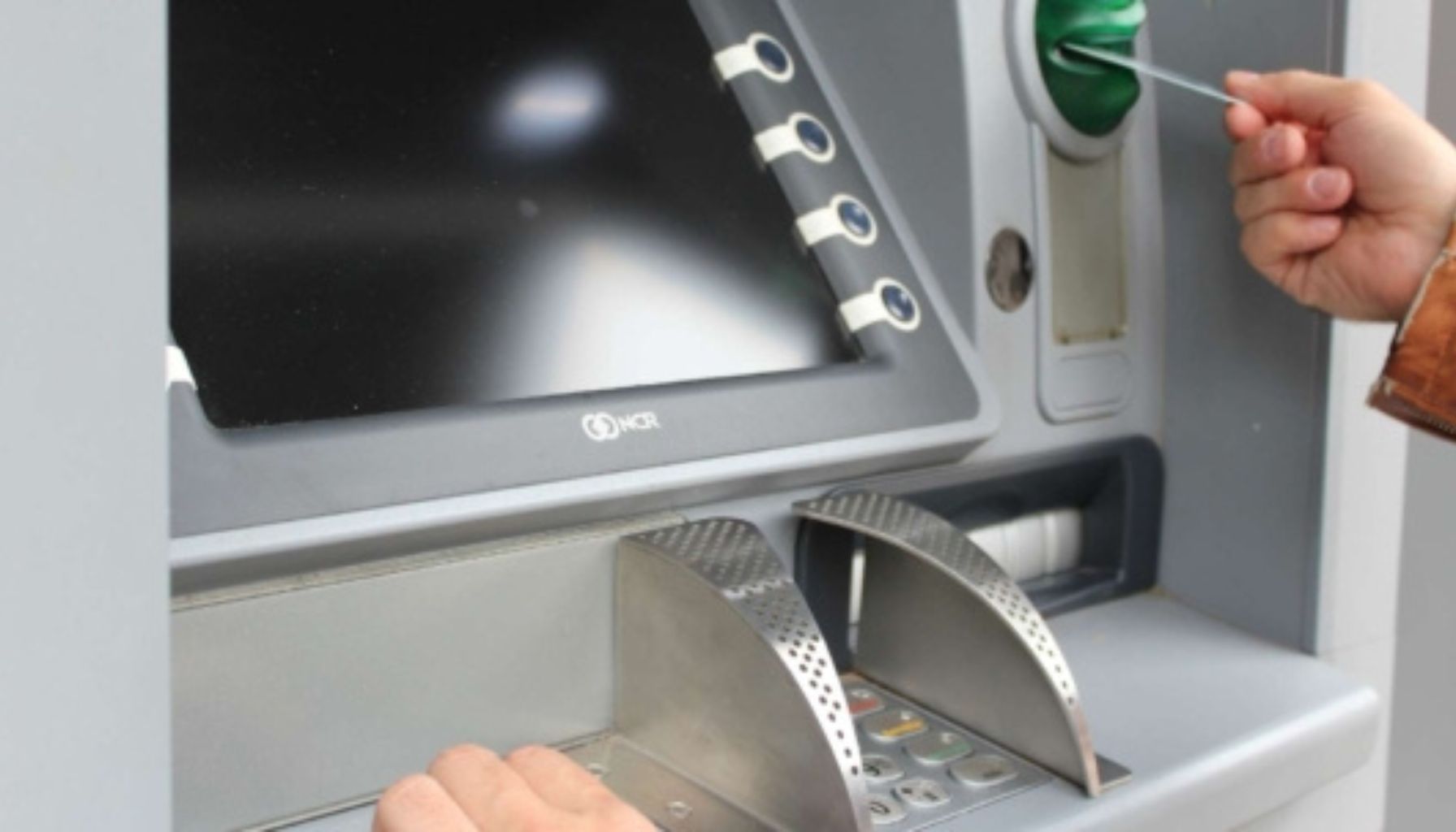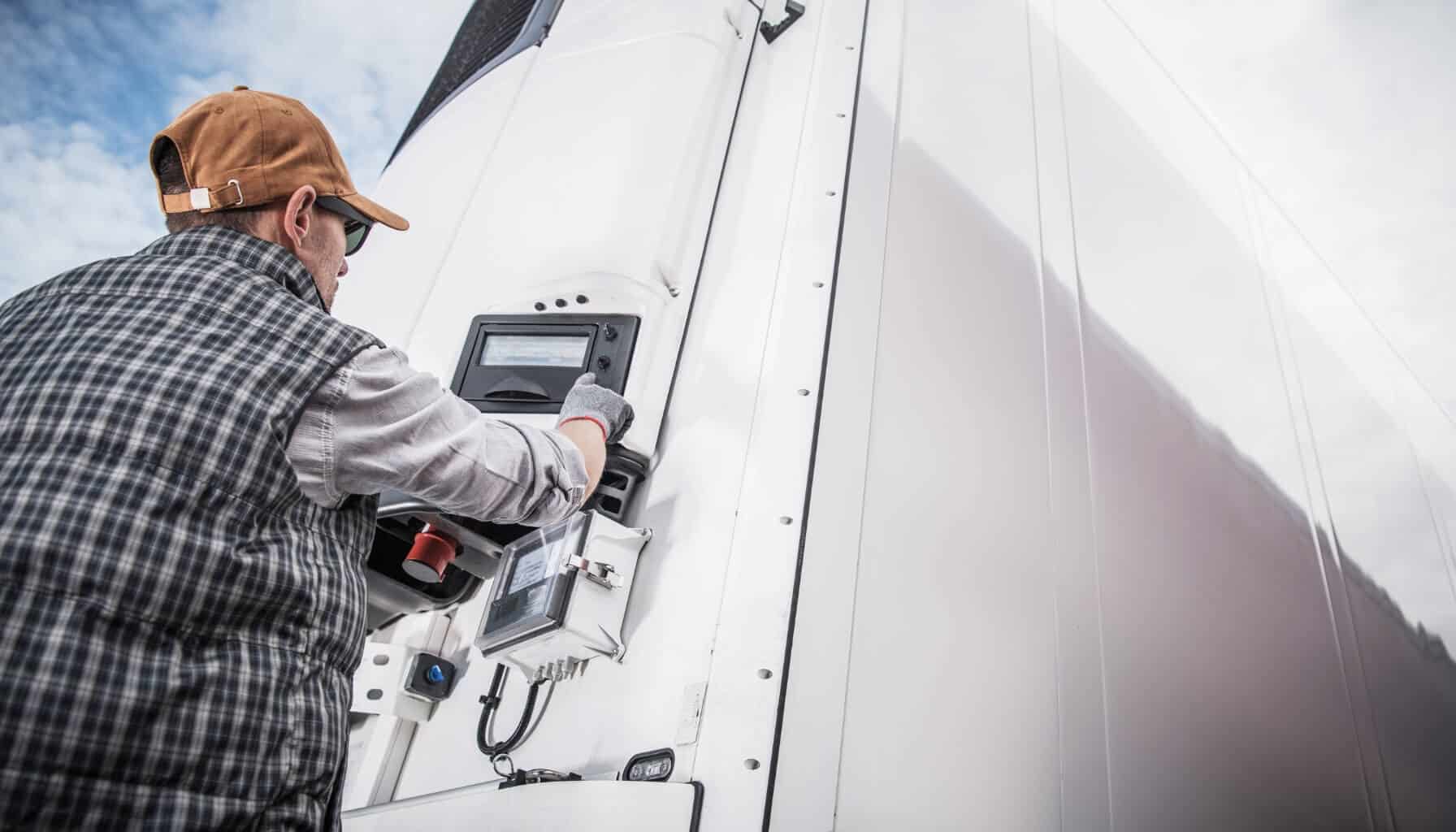Estimating Range and Battery Life in Guppy Bluetooth® Tag

Our mission is to help businesses connect, protect, and derive more value from their assets. As a leading global innovator, developer, and supplier of IoT solutions, we drive continuous innovation to enable our partners to deploy confidently at scale worldwide.

Bluetooth’s® low energy specifications with the launch of Bluetooth® 5.0 make this technology especially well-suited for battery-powered tracking applications.
When tracking assets with Bluetooth®, range and battery life are imperative – how far apart can a Bluetooth® gateway and Bluetooth® tag be before the connection is lost, and how long will the batteries last?
Influencing Factors
Bluetooth® is flexible. It is designed to support a wide variety of ranges between Bluetooth® Low Energy devices (gateways/receivers and tags/transmitters), to meet the needs of different use-cases. You wouldn’t have the same configurations in a pair of wireless headphones as you would with a tracking device, for example.
Several important factors discussed below, influence Bluetooth® range and subsequently, device battery life.
Radio Spectrum
The lower the frequency, the longer the range. Lower radio frequencies reduce the data rate or speed of data transfer. Bluetooth® uses the 2.4GHz ISM spectrum band worldwide, chosen to provide the right balance between range and data rate for the intended applications of Bluetooth®.
Power of Transmitter
Configuring transmit power is about finding the balance between range and power consumption, which is particularly important for battery-powered devices. Transmit power can be thought of as the volume of your voice. The louder you are speaking, the easier and farther away someone can hear you. However, yelling requires more energy. Vice versa, if you are talking quietly, it will be harder for someone to hear you, but requires less energy.
Antenna Gain
Antenna size, type, location, and design can impact how signals are transmitted and received.
Path Loss
If there are several obstacles (such as buildings, walls, precipitation, doors) in the way, the signal strength will become attenuated (dampened) – which will greatly impact the range.
PHY
There are several ways that information can be broadcasted over radio frequencies… The challenge is finding the balance between range and device power consumption. Bluetooth® 5.0 introduced a ‘Long Range’ mode, which transmits far slower than the ‘Standard’ mode. This trades power consumption (which increases) for longer range.
Receiver Sensitivity
Receiver sensitivity can be thought of as how well the gateway device can ‘hear.’ Bluetooth® requires that devices must be able to achieve a minimum receiver sensitivity of -70 dBm to -82 dBm. Our Bluetooth® Low Energy Gateway devices (Eagle, Remora2, and G120) are fitted with highly-sensitive Bluetooth® Low Energy receivers (-95dBm).
Guppy Bluetooth® Range
So, what is the maximum range of our Guppy Bluetooth® Tag? How long will it last on a set of batteries? These are both good questions but are completely dependent on each other.
The range of the Guppy tag can be adjusted by configuring the device’s Receiver Sensitivity and Transmit Power.
“Standard” Bluetooth® Low Energy:
Receiver sensitivity: LE 1M, -95
Transmit power: 8 max
“Long Range” Bluetooth® Low Energy:
Receiver sensitivity: LE 125k, -103
Transmit power: 8/19*** max
As noted above, the environment has a large effect on the maximum range of a Guppy (path loss). Obstructions between the receiver and the Guppy, as well as the material of said obstructions can greatly diminish the range. Furthermore, an environment with many Bluetooth® devices can drown out weak signals from distant tags, thus diminishing the range in locations such as offices.
The range of the Guppy and estimated battery life in an ideal “line-of-sight” application was measured and is presented below. The Guppy is available with a Bluetooth® Low Energy 5.0 module as standard. Transmit power is configurable. As is the PHY – “Standard” or “Long Range”.
| Bluetooth® Module | Bluetooth® Technology | Transit Power | Range* | Battery Life** |
| Bluetooth® v4.2 | Standard | +8dBm | 195m | 5 years with 2-second beaconing |
| Bluetooth® v5.0 | Standard | +8dBm | 195m | 5 years with 2-second beaconing |
| Bluetooth® v5.0 | Long Range | +8dBm | 330m | 2.5 years with 5-second beaconing (1 year with 2-second beaconing) |
| Bluetooth® v5 High Power*** | Long Range | +19dBm | 490m | 1 year with 5-second beaconing (0.5 years with 2-second beaconing) |
* The line-of-sight range
** Based on a set of two 1.5V 1200mAh AAA lithium iron disulphide batteries
***The Bluetooth® v5 High Power version of the Guppy is not in production. It can be produced for MOQ. Given the battery life implications, it may only be of use if a very long range is an absolute requirement.
Summary
The range between our Guppy Bluetooth® tag is anywhere from over 450m down to less than 200m, depending on Radio Spectrum, PHY, Receiver Sensitivity, Transmit Power, Antenna Gain and Path Loss. The best way to determine the range of the Guppy for a specific application is to test it in the field. Battery life can be optimized based on how these settings are configured, and what physical and environmental elements are at play.
In addition to the table above, Bluetooth® has its own Battery Life Estimator tool available. If you’d like to measure our Guppy using this tool, the values are available here.
Related News

Let’s Get Started
Submit the form to get in touch with a Digital Matter representative from your region.
Contact UsSubscribe
Get helpful content delivered straight to your inbox.
Let’s Get Started
Submit the form below to get in touch with a Digital Matter representative from your region.

Looking for support? Check out our knowledge base.

Information on becoming a Digital Matter Partner.

Information on pricing, availability, and proof of concept.

Guidance on selecting the right products for your application.






